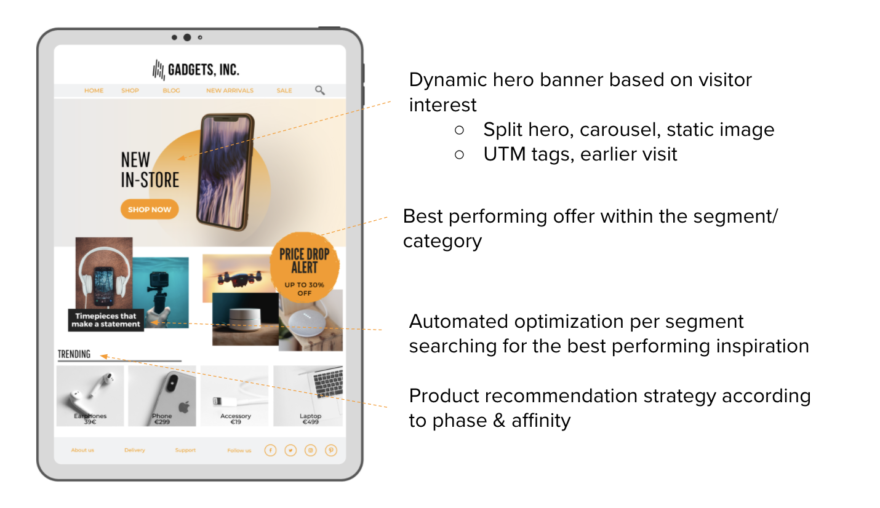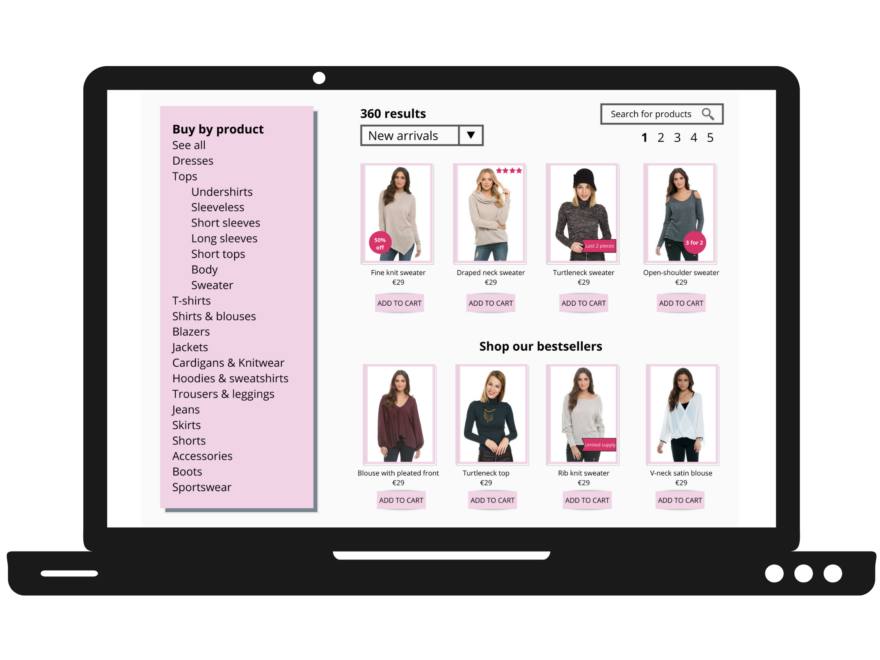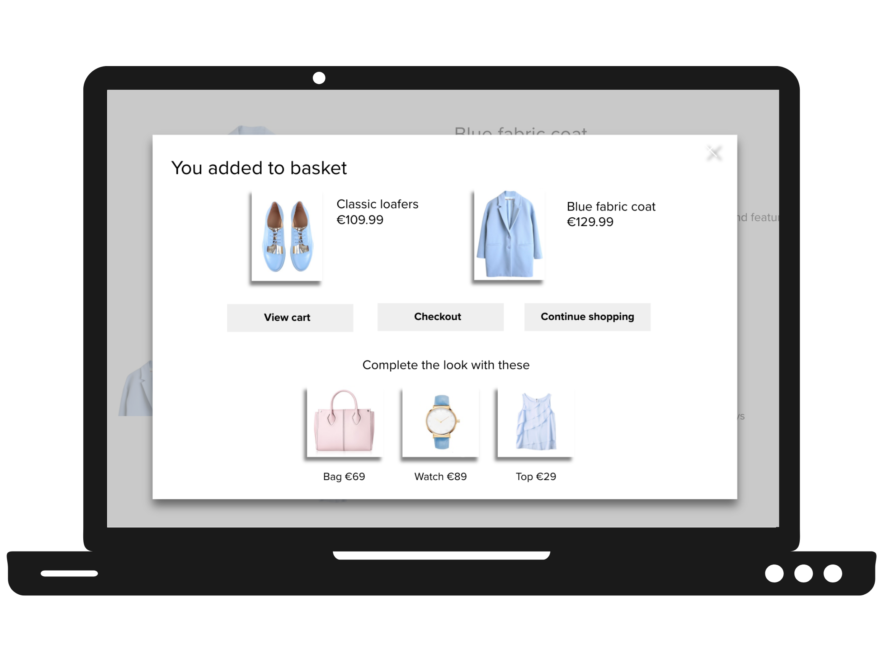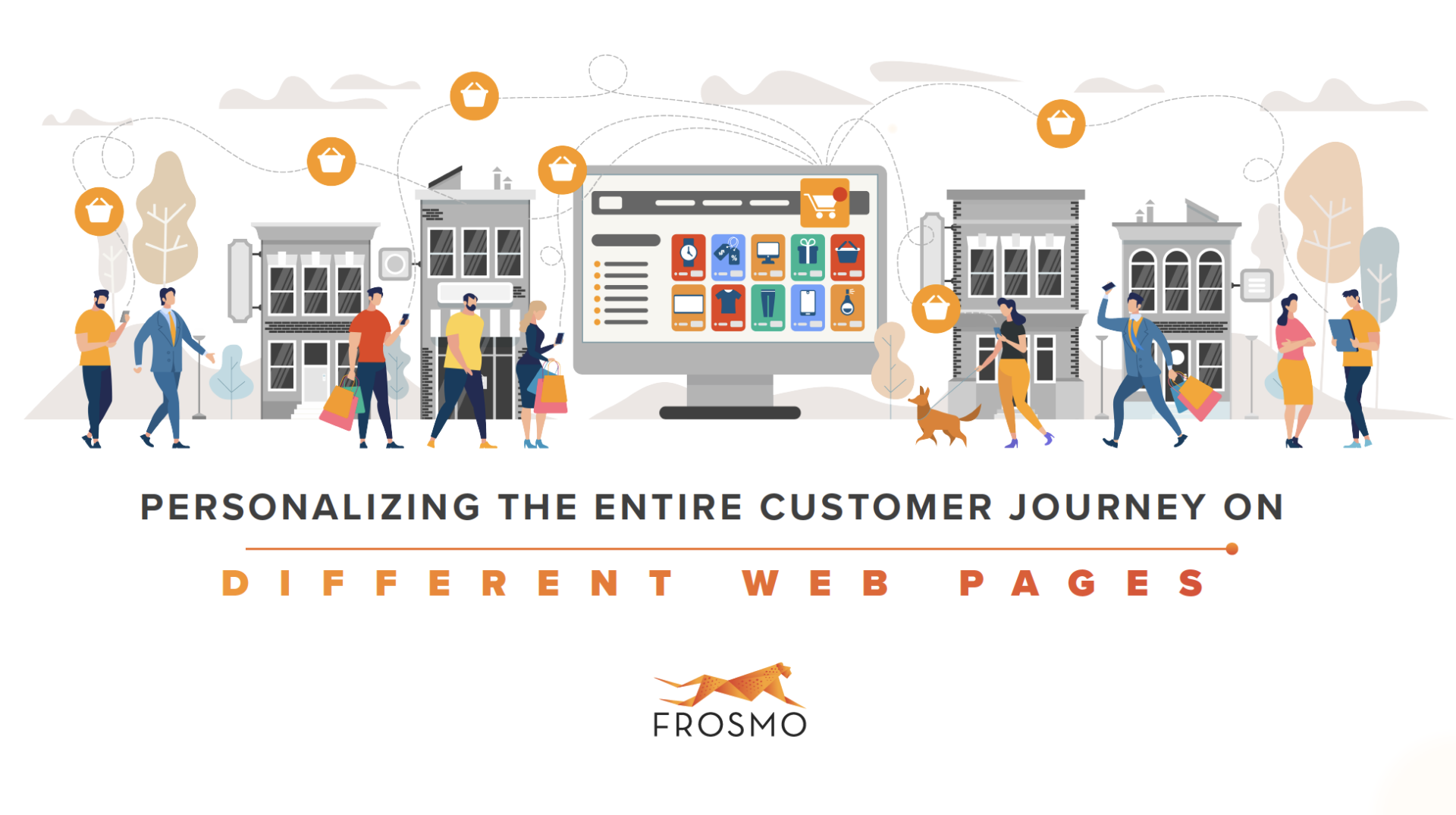4 tips and tricks to deliver smart and effective product recommendations in retail

When trying to sell a product in a department store, you can’t have the same pitch to every potential customer. The same goes for online stores. A one-size-fits-all ecommerce site doesn’t work if you want to get higher conversions and increase brand loyalty.
Your visitors are more likely to spend money and return to a site that makes them feel valued with personalized offers that are tailored to their needs. They will be happy, which also means your conversion rates will soar.
Follow these four tips and trips to deliver personalized customer experiences:
1. Front page — make sure it’s not static
The biggest flaw that most online stores share is that they have only one version of the front page catering to all visitors. But every visitor is unique, hence they should be properly segmented into groups based on interests, behavior, and other historical data that you can collect through their repeated visits. Instead of a one-size-fits-all solution, the content on your front page should vary based on who’s viewing it to create a more personalized shopping experience.
When a visitor returns to your site, you should help them pick up where they left off instead of showing the standard home page. To help the second or third-time visitor continue their journey as friction-free as possible, try providing content that is popular among other visitors, currently trending content, or even pieces of content the visitor has previously read.

2. Product page — ensure that it’s not a dead-end
Retail website traffic usually lands on product pages from search engines and ads. A visitor often spends a lot of time on this page to take a closer look at the products they want to purchase. But what if the product isn’t available, or it turned out as not exactly what the visitor wanted? The customer journey should not end there.
To avoid losing potential customers to your competitors, offer them some recommendations or alternative products that might be more suitable. Present options to continue exploring the site such as:
- Find similar products
- Most popular from the brand
- complementary or optional “You might like these”

3. Category page — make product discovery as easy as possible
Category pages are crucial to product discovery, serving as sources of traffic from search engines or paid ads. After the front page, they are usually the very next step in the shopping journey.
We recommend at least two recommendation strategies to make product discoverability easier. The first set of category page recommendations shows the trending products based on highly converting or most popular products. To enforce product relevancy and increase average order value, behavioral data is also used to show recommendations based on particular user interests in a specific category and combine it with products viewed or bought together.

4. Check-out page — last chance for effective cross-selling and increasing AOV
Sweeten the deal by offering additional products that complement the item that your customer wants to buy. For example, for a dress, provide options for shoes and other accessories that match the dress.
Make cart pop-ups for recommendations to include the data about store items in stock. It raises the level of relevancy and encourages effective cross-selling.

Frosmo’s winning formula in personalization
With an AI-powered personalization solution that uses numerous data points, ecommerce businesses can create individualized category pages, learn more about their visitors with each interaction, and improve the customer experience in real time, leading to impressive results. Personalized pages can help you stand out from the competition by capturing the micro-moments of ecommerce shopping
Frosmo’s winning formula in delivering the best personalization results in the market is based on a unique combination of the following key features:

Download ebook
When trying to sell a product in a department store, you can’t have the same pitch to every potential customer. The same goes for online stores. A one-size-fits-all webstore doesn’t work if you want to get higher conversions and increase brand loyalty.
Personalized web pages can help you stand out from the competition by capturing the micro-moments of ecommerce shopping. Start delivering personalized experiences on your front, category, and product pages.
After quick and easy implementation, the business benefits are immediate within days. Are you ready to get started?

